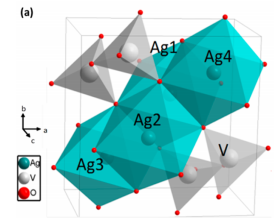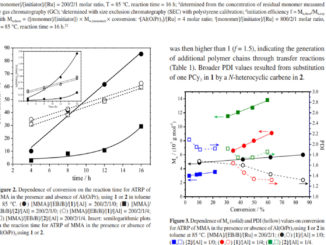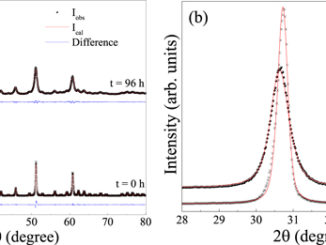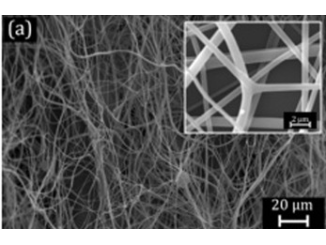
Mechanism of Antibacterial Activity via Morphology Change of alpha-AgVO3: Theoretical and Experimental Insights
Abstract: The electronic configuration, morphology, optical features, and antibacterial activity of metastable alpha-AgVO3 crystals have been discussed by a conciliation and association of the results acquired by experimental procedures and first-principles calculations. The alpha-AgVO3 powders were synthesized using a coprecipitation method at 10, 20, and 30 degrees C. By using a Wulff construction for all relevant low-index surfaces [(100), (010), (001), (110), (011), (101), and (111)], the fine-tuning of the desired morphologies can be achieved by controlling the values of the surface energies, thereby lending a microscopic understanding to the experimental results. The as-synthesized alpha-AgVO3 crystals display a high antibacterial activity against methicillin-resistant Staphylococcus aureus. The results obtained from the experimental and theoretical techniques allow us to propose a mechanism for understanding the relationship between the morphological changes and antimicrobial performance of alpha-AgVO3.
Author(s): de Oliveira, RC; de Foggi, CC; Teixeira, MM; da Silva, MDP; Assis, M; Francisco, EM; Pimentel, BNAD; Pereira, PFD; Vergani, CE; Machado, AL
ACS APPLIED MATERIALS & INTERFACES
Volume: 9 Pages: 11472-11481 Published: APR 5 2017
DOI: 10.1021/acsami.7b00920




